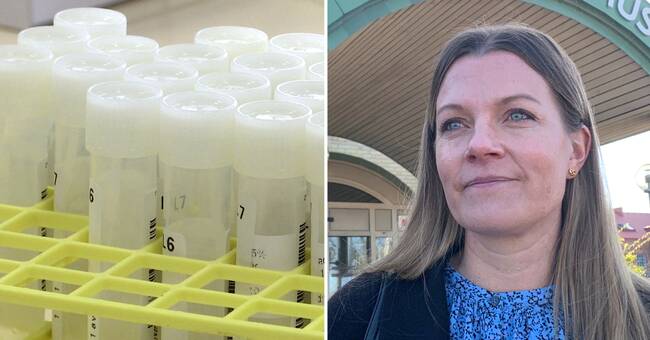Between Friday 23 October and Monday 26 October, a further 60 cases of covid-19 had been identified.
The largest increase is in the county's northern municipalities, ie Kungsbacka and Varberg.
Work commuting may have contributed
- This is what it has looked like throughout the pandemic.
This is probably due to commuting to and from Gothenburg, which is a large city with more congestion.
They have also had a higher infection rate there, says Johanna Wiechel-Steier.
This is the clearest trend, she says.
Apart from that, several examples have been seen of the spread of infection via workplaces, parties and sports contexts throughout the county.
Can we say that we are now seeing a second wave in Halland?
- Infection control has not seen any other wave, but we are on a plateau with a higher number of cases.
And we see with concern where the increase is going.
After the summer, it was mostly younger groups that became infected.
Now it has spread to the more able-bodied.
We do not want it to get to the most fragile in society, Johanna Wiechel-Steier answers.
Distance is crucial
She adds that there is both a broader infection tracing and more sampling in Halland, which means that the region can analyze the increase better and better.
The autumn holidays have recently begun, which means that many want to spend time with loved ones.
But it is still important to follow the recommendations.
- Keeping your distance is crucial.
And we should of course stay at home if we feel the slightest symptoms, says Johanna Wiechel-Steier.

